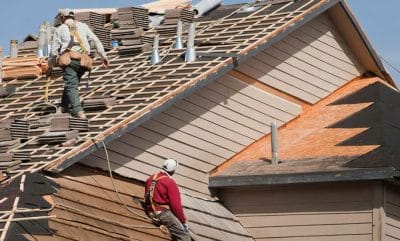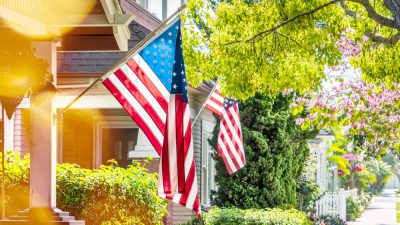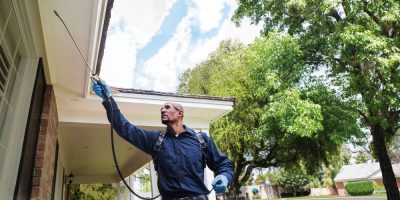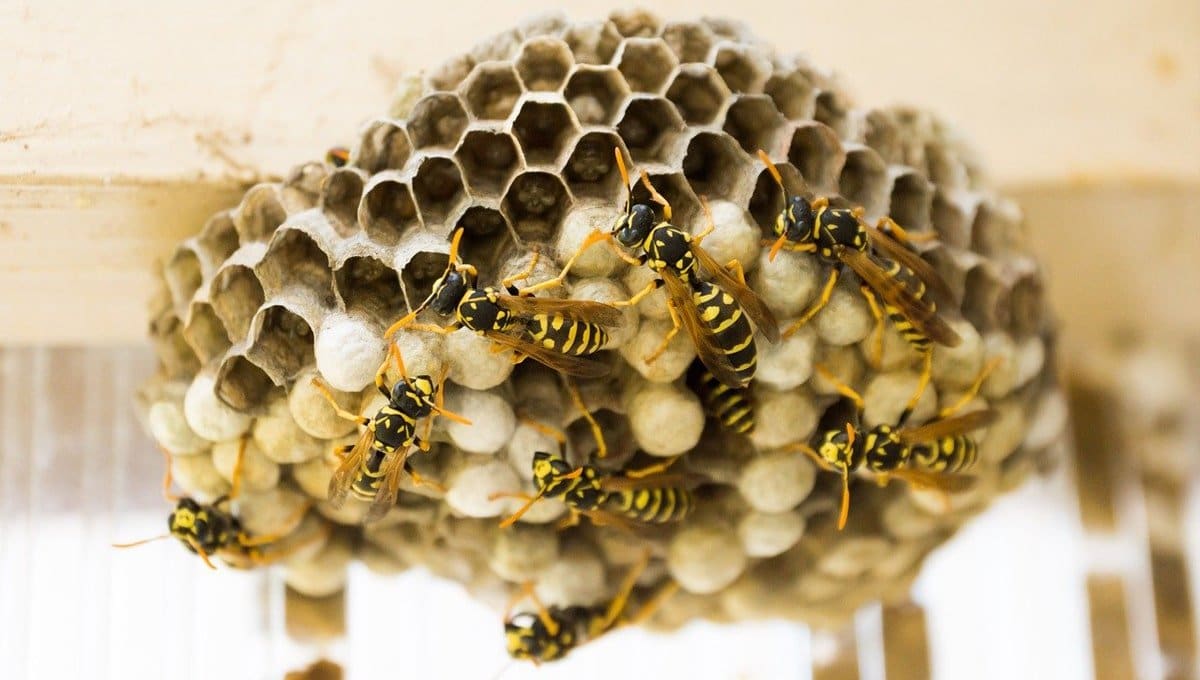
Dealing with wasps around your home can be a buzzing nuisance, especially during warmer seasons. In this brief overview, we’ll discuss the challenges posed by wasp infestations and underscore the importance of addressing these issues promptly.
Wasps, though beneficial to the ecosystem, can become unwelcomed guests when they decide to build their nests near our living spaces. Their stings can be painful, and the presence of nests can be a cause for concern.
Beyond the inconvenience of dealing with stings, addressing wasp problems promptly is crucial for the safety of your family and pets. This quick guide will equip you with effective and humane methods to keep your home wasp-free. Let’s dive in!
Understanding Wasps
It is crucial for you to understand wasps and their before jumping into the riddance steps.
Identification of Wasp Species
1. Common Types
Wasps come in various shapes and sizes, with some of the common types being paper wasps, yellowjackets, and hornets. Recognizing these species is the first step in understanding and managing a potential infestation.
2. Nesting Patterns
Understanding where wasps prefer to build their nests is key to effective removal. Whether they’re hanging under eaves, in the ground, or hidden in bushes, knowing their nesting patterns aids in targeted intervention.
Health Risks and the Need for Removal
1. Wasp Sting Dangers
Wasps are equipped with stingers, and their stings can be more than just a painful annoyance. For some individuals, stings can trigger severe allergic reactions, making it crucial to minimize the risk of encounters.
2. Protecting Family and Pets
When it comes to wasps, an ounce of prevention is worth a pound of cure. Implementing removal strategies not only ensures your comfort but, more importantly, safeguards the well-being of your family and furry friends. Stay tuned for practical tips on safely addressing wasp-related challenges!
Use Natural Deterrents
When it comes to keeping wasps at bay, nature has provided us with some powerful allies. Let’s explore two categories of natural deterrents that can help you enjoy your space without the unwelcome presence of wasps.
Essential Oils
Peppermint and Citrus Oils: These oils, with their refreshing scents, are not just pleasant for us but serve as strong deterrents for wasps. By mixing a few drops of peppermint or citrus oil with water, you can create a simple yet effective spray to discourage wasps from establishing nests in your vicinity.
DIY Essential Oil Sprays: Crafting your own essential oil spray is easy and environmentally friendly. A mixture of water and a few drops of peppermint or citrus oil can be applied around entry points, creating a natural barrier that wasps find unappealing. This method not only keeps your surroundings wasp-free but also adds a delightful aroma to the air.
Wasp-Repellent Plants
Mint: Apart from being a kitchen favorite, mint doubles as a natural wasp repellent. Planting mint around your outdoor spaces or placing potted mint plants near potential nesting sites can discourage these buzzing insects from making themselves at home.
Basil: Known for its culinary uses, basil is another herb that wasps dislike. Consider planting basil in your garden or placing pots strategically on your porch to create a protective shield against unwanted wasp activity.
Cucumber: Surprisingly, the crisp scent of cucumbers is a turn-off for wasps. Placing cucumber slices around outdoor areas can act as a natural deterrent, keeping wasps away without resorting to harsh chemicals.
By incorporating these natural deterrents into your surroundings, you not only create a more pleasant environment but also minimize the chances of wasps disrupting your outdoor activities. Stay tuned for more tips on handling wasp-related challenges in a safe and eco-friendly manner!
Safe Wasp Nest Removal
Encountering a wasp nest near your home can be unnerving, but with the right approach, you can handle the situation safely and effectively. Let’s delve into the steps for safe wasp nest removal, emphasizing the importance of nighttime removal and offering homemade repellent solutions.
Remove Wasp Net at Night
Wasps, like many insects, are generally less active during the nighttime. Their nocturnal behavior provides a window of opportunity for safer nest removal. At night, wasps are more likely to be inside their nests, reducing the risk of encountering aggressive behavior. This strategic timing minimizes the chances of getting stung and ensures a smoother removal process.
Use Homemade Wasp Repellents to Remove Nest
Soap and Water Solution: A simple yet effective homemade repellent involves mixing liquid dish soap with water. This solution can be sprayed directly onto the wasp nest, clogging the breathing pores of the wasps and rendering them unable to fly. This method is non-toxic and can be a valuable addition to your arsenal for safe nest removal.
Vinegar Mixtures: Vinegar, known for its versatile uses, can also serve as a wasp deterrent. Mixing equal parts of vinegar and water in a spray bottle allows you to create a repellent spray. Wasps find the scent and acidity of vinegar displeasing, making it an environmentally friendly alternative for nest removal.
Proper Protective Gear
When engaging in wasp nest removal, wearing the right protective gear is paramount. Utilize clothing that covers your entire body, including long sleeves, pants, gloves, and a hat. Additionally, a face mask and protective eyewear will shield you from potential stings. Remember, safety first!
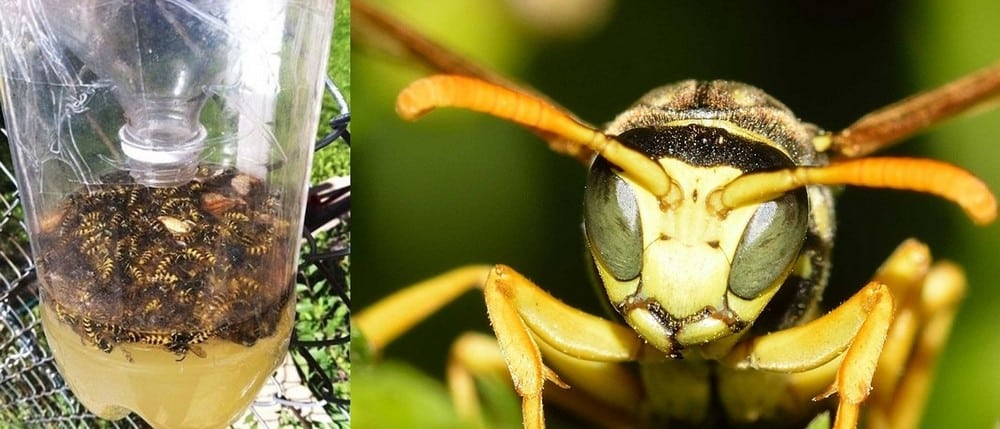
Apply DIY Wasp Traps
Creating your own wasp traps is a cost-effective and environmentally friendly way to manage these buzzing insects around your home. Let’s explore two popular DIY trap designs – soda bottle traps and fruit-based traps – along with essential tips for their strategic placement and maintenance.
DIY Wasp Trap Designs
Soda Bottle Traps: Repurposing a soda bottle into a wasp trap is a straightforward and efficient method. Begin by cutting the top third of the bottle and inverting it into the base, creating a funnel. Fill the bottom with a sweet liquid, such as sugar water or fruit juice, to attract the wasps. The narrow opening of the funnel prevents them from escaping once they enter. Place these traps in areas where wasps are frequently seen.
Based Traps: Utilizing the natural sweetness of fruits can be an enticing way to lure and trap wasps. Cut a piece of fruit – ripe peaches, apples, or pears work well – and place it in a container. Cover the container with plastic wrap, securing it with a rubber band and poking small holes in the wrap. The aroma of the fruit will attract the wasps, and the plastic wrap prevents their escape. Ensure to check and replace the bait regularly.
Placement and Maintenance
Strategic Placement Tips: Effective trap placement is crucial for attracting and trapping wasps. Position traps near areas where wasps are commonly seen, such as outdoor dining spaces, garbage bins, or near potential nesting sites. Additionally, consider placing traps away from high-traffic areas to minimize human encounters.
Regular Checking and Cleaning: To maintain trap efficacy, regular checks are essential. Wasps captured in the traps can create a deterrent effect for others, so empty the traps as needed. Cleaning traps and refreshing the bait ensures a continuous cycle of attracting and capturing wasps.
Preventative Measures
Congratulations on successfully addressing the wasp issue around your home! Now, let’s shift our focus to preventive measures that will help ensure these buzzing intruders stay away. By incorporating these tips into your routine, you’ll create an environment that is less attractive to wasps.
Regular Maintenance
Sealing Entry Points: Conduct a thorough inspection of your home’s exterior, checking for any gaps, cracks, or openings that could serve as potential entry points for wasps. Seal these gaps using caulk or weatherstripping to prevent wasps from establishing nests inside your walls or attic.
Cleaning Outdoor Spaces: Wasps are drawn to food residues and sweet substances. Regularly clean outdoor eating areas, grills, and picnic tables to eliminate tempting odors that might attract them. Also, promptly dispose of food scraps in sealed containers to minimize the likelihood of wasps foraging around your property.
Wasp-Proofing Your Home
Installing Screens on Windows: To prevent wasps from entering your home, consider installing screens on windows and doors. Screens not only keep out wasps but also offer the added benefit of improving ventilation. Ensure that the screens are in good condition and free of any tears.
Proper Waste Management: Wasps are opportunistic feeders, especially when it comes to scavenging for food scraps. Practice proper waste management by keeping trash bins tightly sealed and disposing of garbage regularly. If you have compost bins, ensure they are well-contained and away from high-traffic areas.
By implementing these preventative measures, you create a less hospitable environment for wasps, reducing the likelihood of future infestations. Consistency is key, so make these practices a part of your regular home maintenance routine.
Concluding Remarks
In conclusion, creating a wasp-free haven around your home involves a combination of proactive strategies and a commitment to ongoing maintenance. By understanding wasp behavior, utilizing natural deterrents, and implementing DIY solutions, you can tackle infestations effectively. Following successful removal, preventive measures such as sealing entry points, maintaining cleanliness, and installing screens contribute to a harmonious living environment. Consistency is key, so integrate these practices into your routine. With these insights, you’re well-equipped to enjoy your space without the buzzing presence of unwanted guests. Here’s to a wasp-free and tranquil home!





